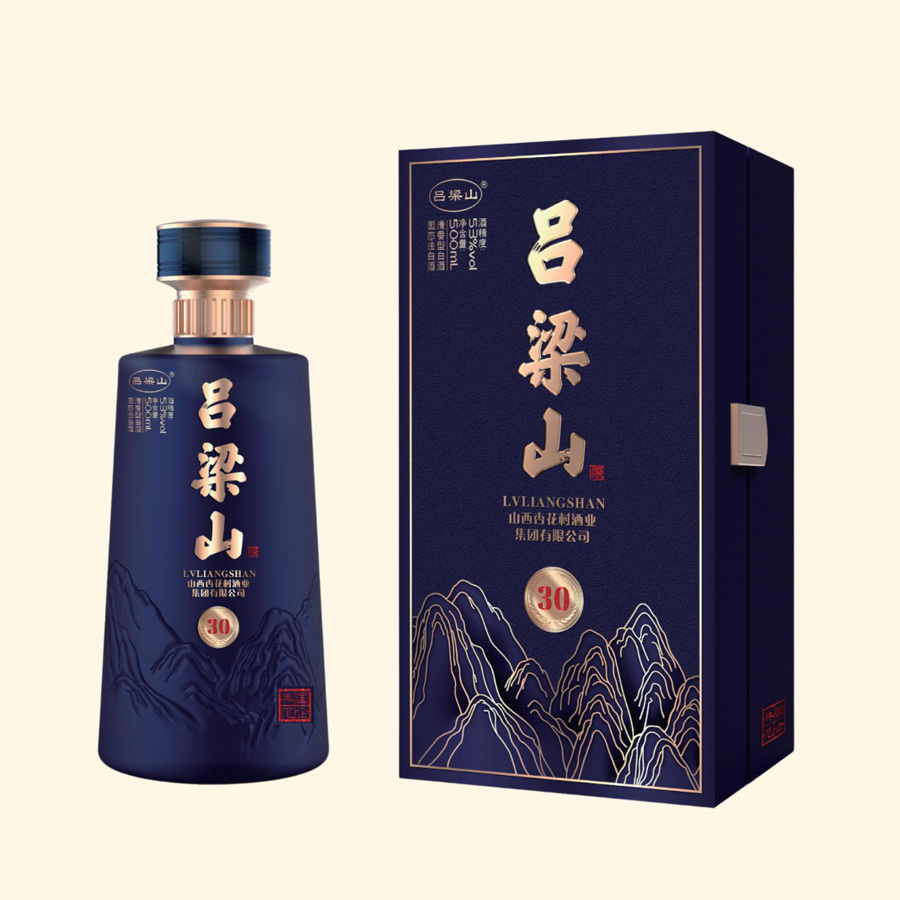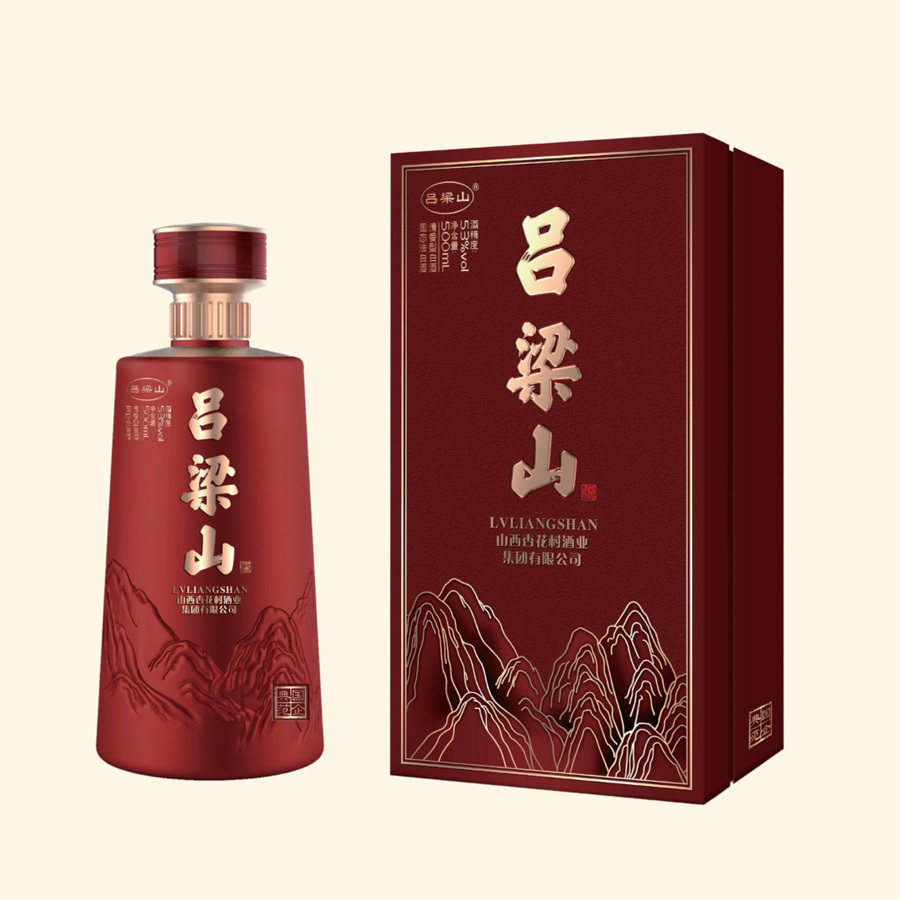Contact Us
Telephone:
86-358-3018599
Address:
Xinghua Village Town, Fenyang City, Luliang City, Shanxi Province
Luliang Mountain 53 degrees
Key words:
Classification:
Product Introduction
Brewing is an ancient process, and its process covers many links, including the selection of raw materials, processing, fermentation, distillation and so on. The following is the basic process of brewing:
1. raw material selection
First of all, choose the raw materials suitable for brewing wine, such as grain (such as rice, wheat, etc.), fruit and so on. The quality of raw materials directly affects the quality of wine.
2. pretreatment
The raw materials are cleaned, crushed or cut for better fermentation. For example, food needs to be soaked and cooked, and fruit needs to be peeled and cored.
3. saccharification
The treated feedstock is contacted with an enzyme or yeast to decompose fermentable sugars. In this process, the starch in the raw material is converted to glucose.
4. fermentation
The sugars produced during saccharification are converted by yeast into alcohol and carbon dioxide. This process needs to be carried out under appropriate temperature and humidity conditions to ensure the activity of the yeast. The fermentation time varies with the type of winemaking and the process, some take a few days, some take a few months.
5. Aging
New wines usually need to be aged for a period of time to improve their taste and quality. During the aging process, the ingredients in the wine will undergo subtle changes, making the taste of the wine more mellow.
6. distillation
For brewing liquor and other distilled liquor, also need to carry on the distillation process. The purpose of distillation is to separate the alcohol from the fermentation broth. By heating and condensing, alcohol and other volatile components are separated from the fermentation broth to obtain a distillate. Then through a series of separation and purification steps, pure alcohol is obtained.
7. allocation and packaging
Depending on the type and style of wine, different batches or types of wine may need to be blended to achieve the desired taste and quality. Finally, packaging, storage and transportation are carried out.
8. Quality Control and Testing
In the whole process of brewing, quality control and testing is a very important part. Through regular testing and evaluation of raw materials, fermentation process, wine quality, etc., to ensure the stability of the brewing process and wine quality.
In short, the brewing process includes raw material selection, pretreatment, saccharification, fermentation, aging, distillation, deployment and packaging, and quality control and testing. Each step has an impact on the quality and taste of the final wine. Winemakers need a wealth of knowledge and experience to ensure the smooth progress of the winemaking process and the quality of the wine.
Previous article:
The next one:
Inquiry







